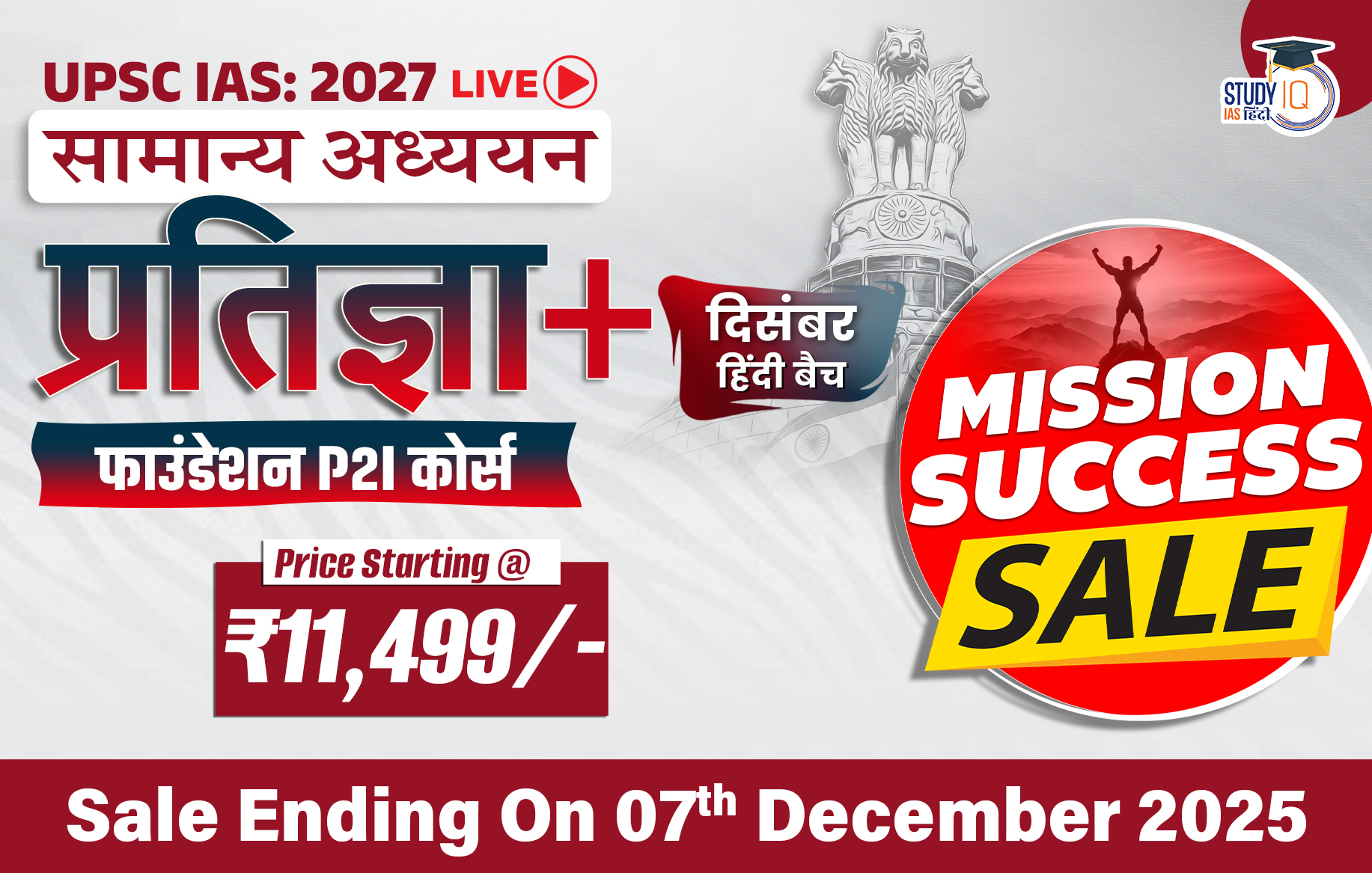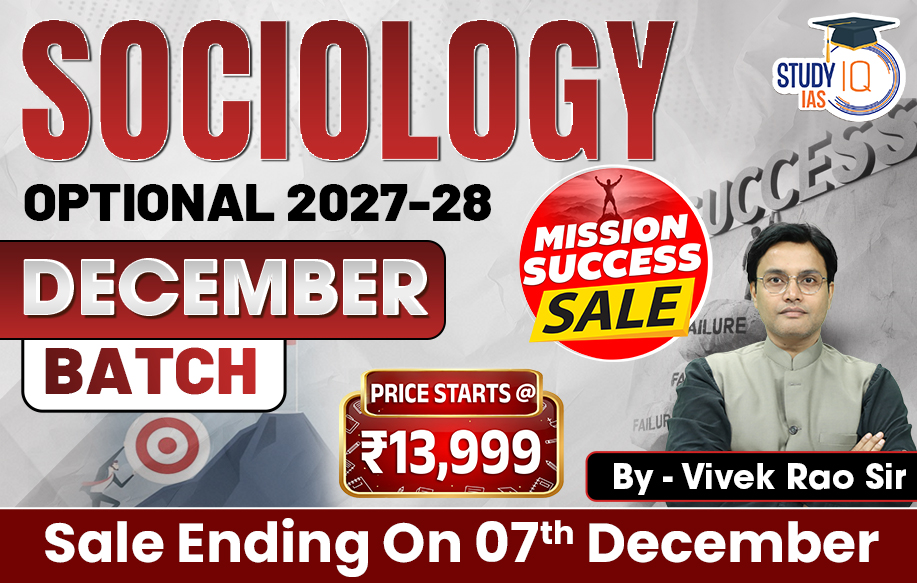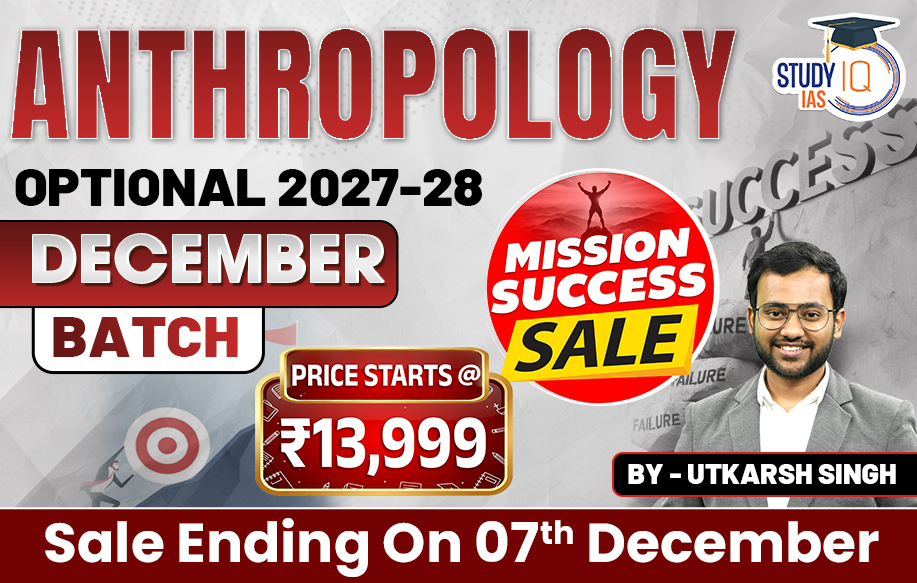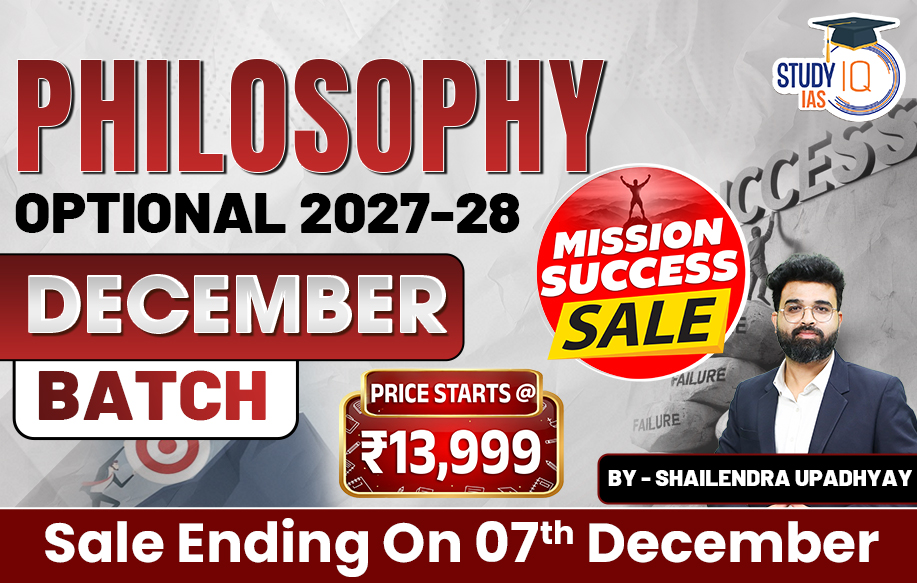Table of Contents
Jain literature, rooted in the ancient Indian philosophy of Jainism, encompasses sacred texts and philosophical treatises. Prominent among these are the “Agamas,” comprising canonical scriptures detailing the teachings of Lord Mahavira, the 24th Tirthankara.
These scriptures provide guidance on ethics, rituals, and spiritual practices. Additionally, Jain literature includes commentaries, biographies, and philosophical works by eminent scholars like Kundakunda and Siddhasena Divakara. Renowned for its emphasis on non-violence (ahimsa), truth, and asceticism, Jain literature serves as a source of spiritual wisdom and ethical principles, fostering a path to liberation (moksha) from the cycle of rebirth.
We’re now on WhatsApp. Click to Join
Jain Literature
The Jain tradition, considered timeless, traces its teachings back millions of years to the first Tirthankara, Rishabhanatha. These enlightened beings delivered their profound discourses in divine halls called samavasarana, audible to gods, ascetics, and laypeople. The origin of Jain literature is attributed to the era of the first Tirthankara, Adinatha, whose teachings were lost but later revived by subsequent Tirthankaras.
Divergent interpretations between the Svetambaras and Digambaras led to a split in Jaina literature. Two primary categories emerged: Agam Literature and Non-Agam Literature. Agam, or Canonical Literature (Agam Sutras), forms the sacred scriptures, written in Prakrit language Ardha-magadhi. Non-Agam Literature includes commentaries, explanations, and separate works in various languages such as Prakrit, Sanskrit, Apabhramsa, Old Marathi, Rajasthani, Gujarati, Hindi, Kannad, Tamil, German, and English, reflecting the rich linguistic tapestry of Jain wisdom.
Origin of Jain Literature
The origin of Jain literature can be traced back to the teachings of the Tirthankaras, the enlightened spiritual teachers in Jainism. The tradition holds that the first Tirthankara, Rishabhanatha, known as Adinatha, was instrumental in laying the foundation for Jain wisdom. His teachings, considered the earliest Jain scriptures, were passed down orally through generations.
Jain literature formally began during the time of Adinatha, with the compilation and recording of his teachings by his immediate disciples known as Ganadharas. These early scriptures, later expanded upon by subsequent Tirthankaras, constitute the Agamas or Agam Sutras, which form the canonical texts of Jainism.
Over time, Jain literature evolved to include commentaries, philosophical treatises, and works by Jain scholars in various languages, reflecting the diverse cultural and linguistic landscape of the regions where Jainism flourished. The preservation and transmission of these writings have played a crucial role in sustaining the rich philosophical and ethical tradition of Jainism.
Types of Jain Literature
| Type of Jain Literature | Description |
| Agamas (Canonical Literature) | Primary scriptures containing the teachings of Lord Mahavira. Divided into Angas, Upangas, Prakirnakas, Mulasutras, and Chedasutras. |
| Angas (Limbs) | Main divisions of the Jain Agamas, focusing on various aspects of Jain doctrine, ethics, and rituals. |
| Upangas (Subsidiary Limbs) | Subsidiary texts that elaborate on topics covered in the Angas. |
| Prakirnakas (Miscellaneous) | Miscellaneous texts providing additional insights into Jain teachings. |
| Mulasutras (Basic Texts) | Foundational texts serving as a base for the earlier stages of monkhood. |
| Chedasutras (Texts on Conduct) | Texts elaborating on the conduct of monks and nuns. |
| Non-Canonical Literature | Texts not part of the Agamas but significant in Jain literature. Includes commentaries, expositions, and independent works. |
| Tattvartha Sutra | Key Jain text providing a comprehensive overview of Jain philosophy. Attributed to Umaswati. |
| Jain Epics | Jain versions of well-known epics like the Ramayana and Mahabharata. |
| Jain Puranas | Historical and mythological texts recounting the lives of Tirthankaras and other significant figures. |
| Commentaries and Expositions | Scholarly writings explaining and interpreting Jain philosophy, often on canonical texts. |
| Secular Literature | Works on politics, ethics, and various branches of knowledge from a Jain perspective. |
| Devotional Literature | Hymns, prayers, and poetry expressing devotion to the Tirthankaras and Jain principles. |
Jain literature, a profound repository of ancient wisdom, is dichotomously classified into two major traditions: Digambara and Svetambara.
Svetambara Siddhanta Literature
Origin and Composition: According to Svetambara tradition, the agamas, foundational scriptures, were composed during the first Jain council at Patliputra around 300 BC.
Canonical Structure: The Svetambara canons consist of twelve Angas, twelve Upangas, ten Prakirnakas, four Mulasutras, six Chedasutras, and two Chulika sutras.
Key Texts:
- Acharanga Sutra: This initial Anga, based on Mahavira’s teachings, was recompiled and edited by KshamaShraman Devardhigani.
Twelve Angas (Categories of Living Beings):
- Acaranga
- Sutrakratnga
- Samvayanga
- Thananga
- Bhagavati
- Jnatadharmkatha
- Upasakadasa
- Antakritdasa
- Anuttaraupapatikadasa
- Prasna Vyakarana
- Vipaka Sutra
- Dristivada (The 12th Anga is lost.)
Twelve Upangas (Based on Angas):
- Uvavaiya-sutta
- Raya-pasenaijja
- Jivajivabhigama
- Pannavana
- Suriya-pannatti
- Jambudvipa-pannatti
- Canda-pannatti
- Nirayavaliyao or Kappiya
- Kappavadamsiao
- Pupphaio
- Puppha-culiao
- Vanhi-dasao
Six Chedasutras (Behavior of Monks and Nuns):
- Biha Kappa
- Vavahara
- Ayara-dasao
- Nisiha
- Jiya-kappa
- Maha-nisiha
Four Mulasutras (Base in Early Monkhood):
- Dasaveyaliya-sutta
- Avassaya-sutta
- Uttarajjhayana-sutta
- Pinda-nijjutti and Ogha-nijjutti
Two Culikkasutras (Enhancing Meanings of Angas):
- Nandi-sutra
- Anuyogadvara-sutra
Svetambara Texts and Authors:
- Hemachandra:
- Yogasastra: A treatise on rules for laypeople and ascetics.
- Salakapurusa: Describes the 63 illustrious beings in each half-time cycle.
- Parishishtaparvan: Details the history of early Jain teachers.
- Arhanniti: A work on politics from a Jain perspective.
- Shubhacandra:
- Jnanarnava (or Yogapradipadhikara): A Sanskrit text on various topics, primarily focusing on meditation.
Digambara Siddhanta Literature
Origins and Canonical Works: The Digambara Siddhanta comprises numerous texts. The two oldest scriptures, the Shatkhandagama and Kasayapahuda, are considered sacred remnants of the original Purvas, composed in the 2nd to 3rd centuries.
Main Texts of Digambara Siddhanta
Shatkhandagama (Scripture in Six Parts):
- Authors: Pushpadanta and Bhutabali.
- Language:
- Content: A comprehensive treatise on Karmakarma theory, including karma’s nature, connection to the soul, and subdivisions.
- Parts: Jiva Sthana, Kshudraka Bandha, Bandhasvamitva, Vedana, Maha bandha, Vargana.
Kasayapahuda (Treatise on Passions):
- Compiled by: Guṇabhadra in the 2nd to 3rd century AD.
- Language:
- Content: Focuses on passions or attachments to worldly things, resulting from deluding karma.
Anuyogas (Expositions):
- Composed between the 2nd and 11th centuries AD.
- Languages: Jaina Sauraseni or Sanskrit.
- Grouped into four categories: Pratham-anuyoga (Religious stories), Charn-anuyoga (Conduct), Karan-anuyoga (Mathematics), Dravy-anuyoga (Philosophy).
Digambara Texts and Authors
Acharya Bhadrabahu:
- Kalpa-sutra: Contains biographies of Jain Tirthankaras, notably Parsavanatha and Mahavira.
- Other works include four Chedda sutras, Bhadrabahu Samhita, and Vasudevcharita.
Acharya Jinaratna:
- Lilavatisara: Narrates the stories of a group of souls through various embodiments on their path to final liberation.
Acharya Kundakunda:
- Samayasara: Expounds Jain concepts like Karma, Asrava, Bandha, and Moksha.
- Niyamsara: Focuses on the path to liberation.
- Pravachanasara: Deals with correct ascetic and spiritual behavior based on his dualism.
Samantabhadra Swamy:
- Ratnakaranda sravakacara: Discusses the conduct of Sravaka.
Pujyapada:
- Sarvarthasiddhi: Oldest commentary on the Tattvartha Sutra.
Jinasena:
- Trishasthilkshana Mahapurana: Composed during the rule of Rashtrakuta ruler Amoghavarsha.
- The first part (Adi Purana) was written by Jinasena in Sanskrit.
- The second part (Uttara Purana) was written by Gunabhadra in Apabhramsa.
Jain literature UPSC
Jain literature, rooted in the ancient philosophy of Jainism, encompasses sacred texts like the Agamas detailing Lord Mahavira’s teachings. Originating around 300 BC, Svetambara canons comprise twelve Angas, Upangas, Prakirnakas, Mulasutras, Chedasutras, and Chulika sutras. Notable texts include Acharanga Sutra. Digambara Siddhanta, with sacred works like Shatkhandagama and Kasayapahuda, delves into karma theory.
Authors like Bhadrabahu, Kundakunda, and Jinasena contributed to Jain wisdom. Jain literature, emphasizing non-violence and asceticism, is dichotomously classified into Digambara and Svetambara traditions, forming a profound repository of spiritual and ethical principles for liberation from the cycle of rebirth.
| Other Important Articles | |
| Tripartite Struggle | Maurya Empire |
| Gupta Empire | Rig Vedic Period |
| Rashtrakuta Dynasty | Later Vedic Period |

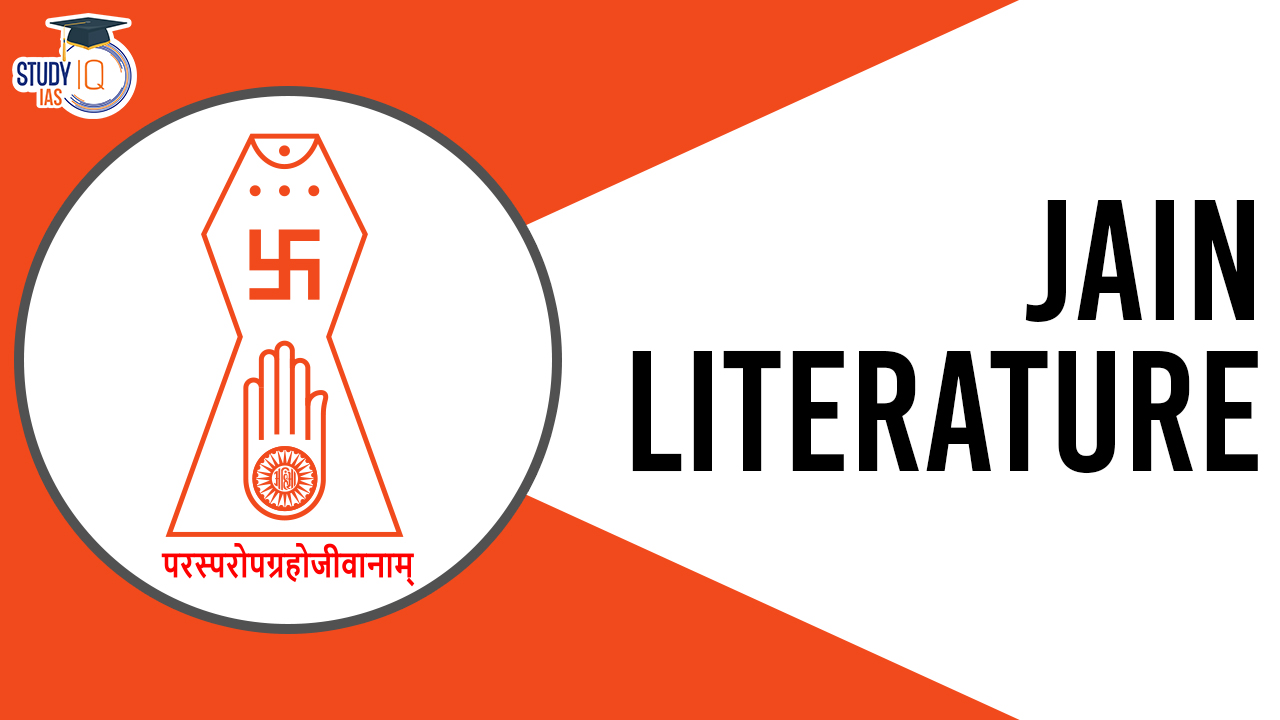
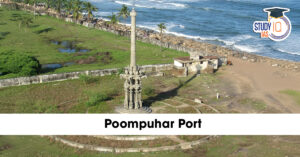 Poompuhar Port: Ancient Sangam-Era Marit...
Poompuhar Port: Ancient Sangam-Era Marit...
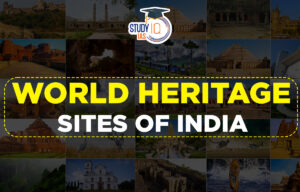 UNESCO World Heritage Sites of India Lis...
UNESCO World Heritage Sites of India Lis...
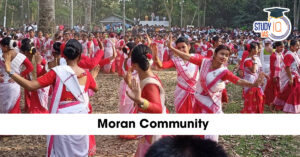 Moran Community of Assam, History, Langu...
Moran Community of Assam, History, Langu...


